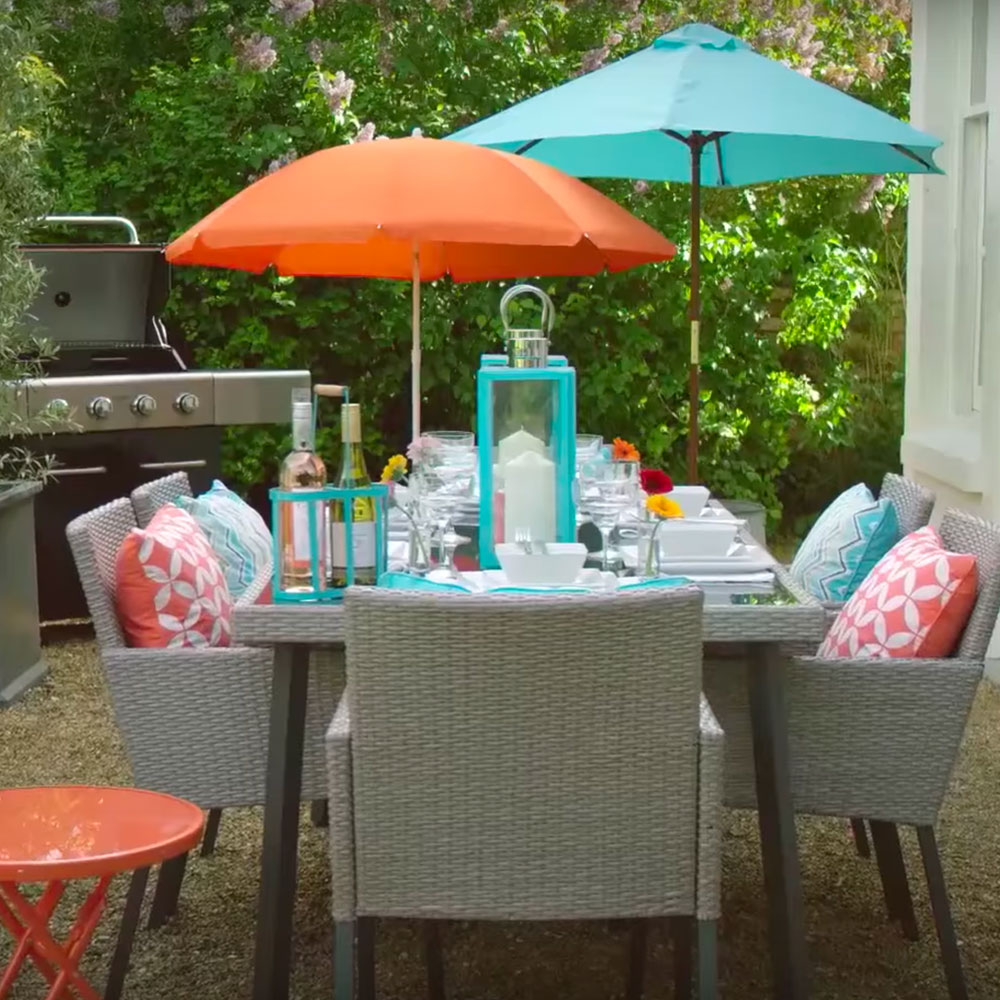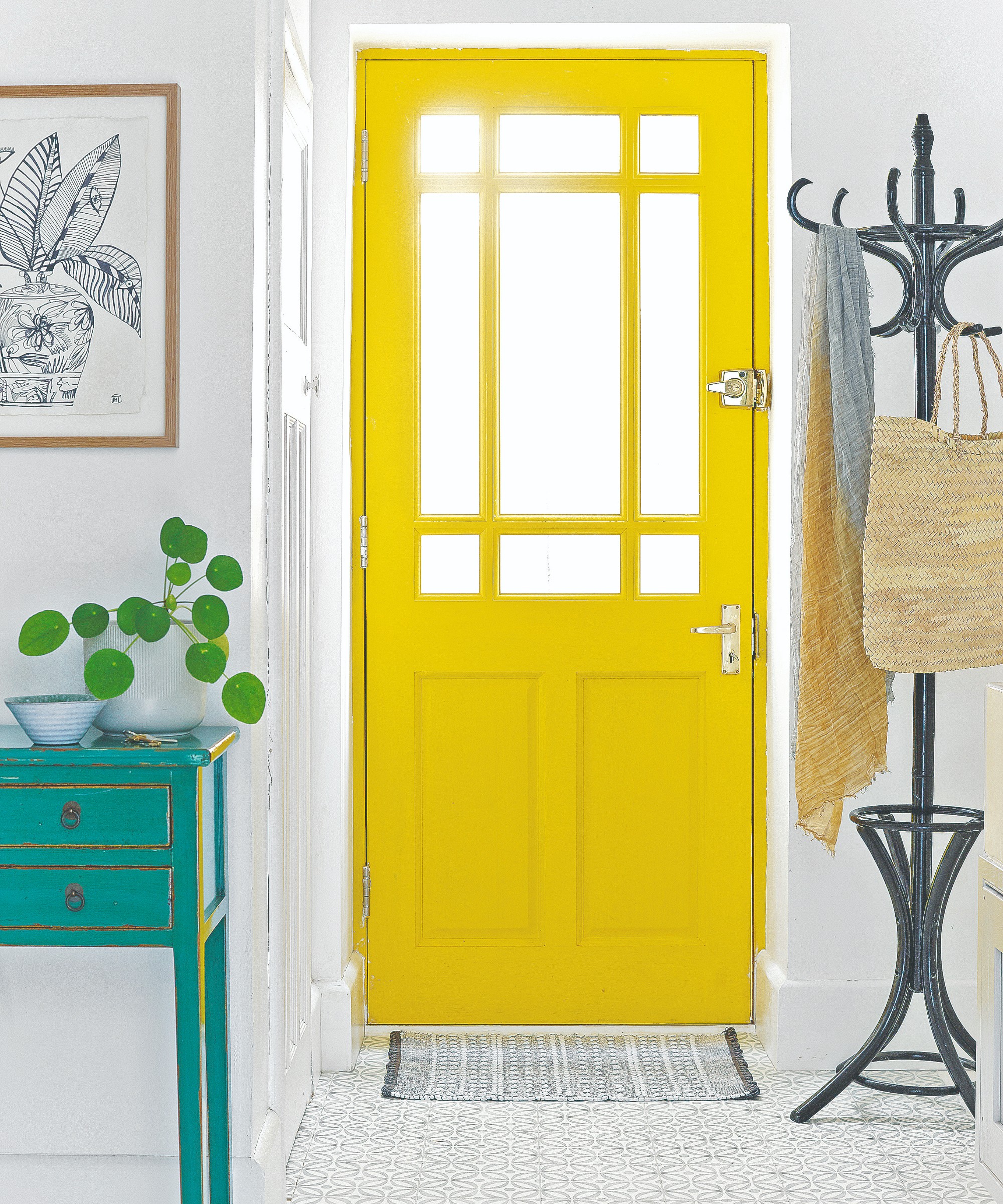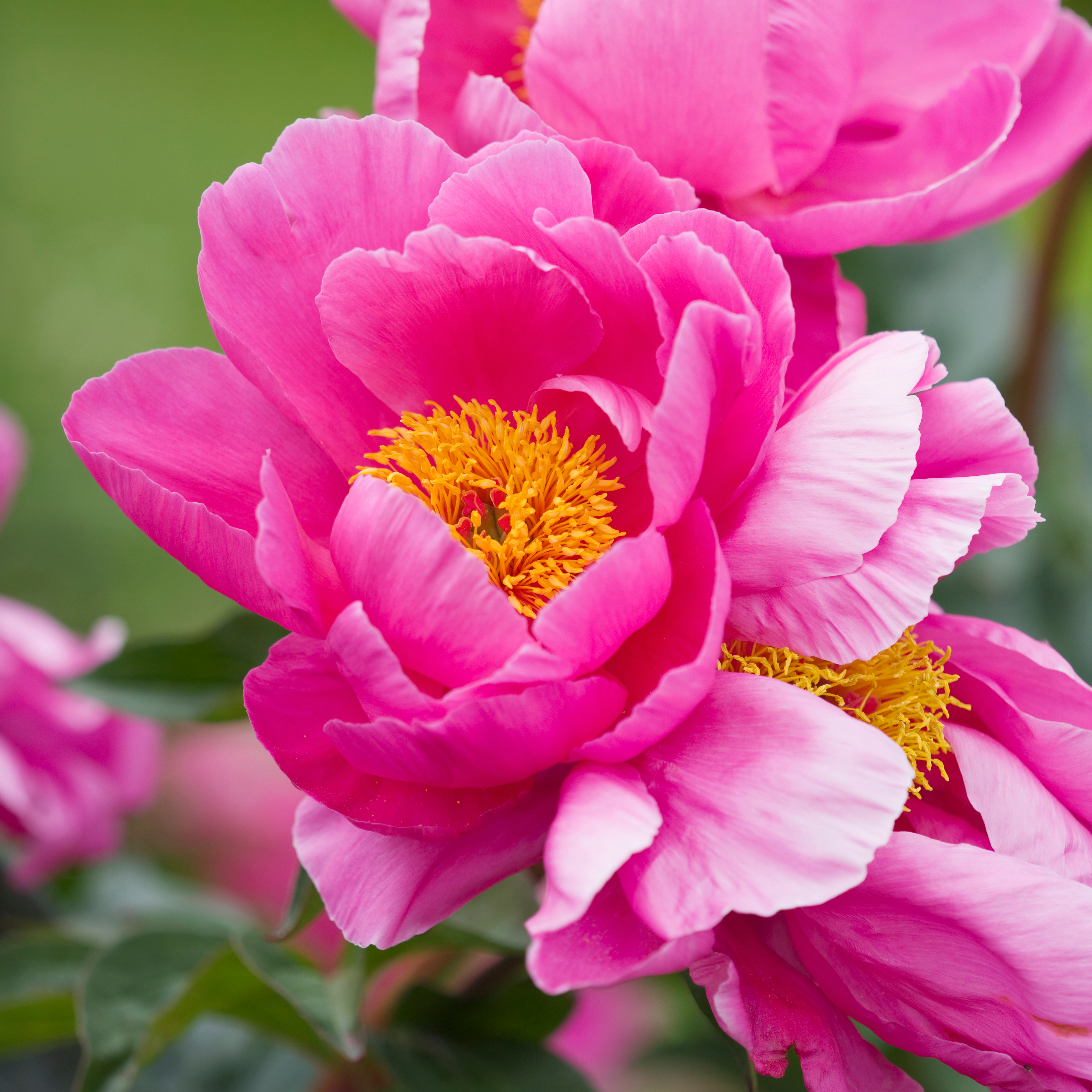10 questions with…Ann-Marie Powell Gardens
In our interview series, we talk to our favourite bloggers and experts about their trend predictions and styles. Here, we meet Ann-Marie Powell
Follow Ann-Marie Powell Gardens on Instagram @annmariep and Twitter @AnnMariePowell

1. How do you come up with a good garden design?
The first step is to consider how you use your garden and how much time you have to devote to gardening. Someone who has a keen interest in gardening will require a vastly different garden to someone who has little time to maintain, but still wants a great outdoor space to entertain. Consider the type of property that you're designing for, a country cottage and an urban garden will have different requirements. But remember that you can create a great garden, no matter how little space you have. If you have a balcony or even a window sill you have an opportunity to inject your space with plants. Once you have the basic framework for the garden, start looking at different planting schemes, lines of sight and where to add focal points, what colours to use and how the garden will evolve across the seasons. It is important to remember that whilst the majority of us actively use the garden mostly through the spring and summer months, you want to create something that has visual appeal throughout the year.
I've always been interested in sharing my experience of designing gardens to help people create the outdoor space they've always wanted, so I' just teamed up with Homebase to create the Garden Goals Challenge. It's all about making gardening a bit less daunting and helping people to create the garden by focusing on a single goal and breaking it down into a manageable task list so you’re more likely to succeed.
2. What has been your greatest challenge to date?
Definitely my own garden! When you're designing for a client, you get a clear sense of what they want and how they want to achieve it. With my own garden, I had to work with my partner's opinions. There are some things I would've done differently, if it had just been for myself. As a garden designer, it can also be tricky to manage your own budget. We are constantly exposed to the most beautiful plants and materials, so it takes a lot of self-restraint to not get carried away. I'm working on a few goals for my garden this year, including rejuvenating my borders for some late summer colour, and making my border bigger so that I can fit more plants in. I've also got lots of pots that need a complete sort out, so I'm going to get them up and running this year.ve

3. How can we get our garden summer ready?
Get the Ideal Home Newsletter
Sign up to our newsletter for style and decor inspiration, house makeovers, project advice and more.
A little bit of forethought and careful planning go a long way. The best approach is to get a clear idea of what you want to achieve, to have a picture in mind of how you want your garden to look come summer. Pinterest is a very useful tool at this stage. Once you have a clear goal, make a list of what you need to do to accomplish that goal. Oftentimes, getting started after the long winter months can seem really daunting, but having a list of manageable tasks will help you stay focused, and whether you only have 10 minutes a day or an entire week, you'll be more likely to succeed and get the outdoor space you want.
4. Do you have any useful tips for amateur gardeners?
Edible gardens are a great way to get into gardening, as you can reap the rewards of your labour. Make sure that you grow as much as possible near the house. The more you grow close to your kitchen, the more motivated you will be. Label things as you plant them. Good labelling keeps you on target and helps with planning. I always suggest planting some edible flowers alongside herbs. They are quick to grow, will add colour to your edible garden and impress friends and family. And remember that you don't have to start from scratch. Buying ready-made herbs and plug plants is a great way to get you up and running quickly.
5. How can we save water in the garden?
Make sure that you water early in the morning or late in the day, when it's cooler, so the water doesn't evaporate. Micro irrigation systems for automatic watering also helps save water as you can programme exactly what you need. This can also help keep your garden looking fabulous when you're away on holiday. Plant shrubs and trees in large containers. Large pots require less watering and can make a bigger impact.

6. Do you have any tips for planting in containers?
Containers are a great way to add colour and to grow things close to your house. I like to use a combination of colourful, flower-filled pots with hanging baskets to add colour at eye level. Try to stick to one type of material for all your pots, or if you have an assortment of different plants, use the same plants in all of them to give a more harmonious impression. Remember that you can plant vertically as well. Even if you only have a balcony to grow things on, vertical containers will allow you to grow all manner of things, and they look great.
7. How can we choose a good water feature?
Whether it's a pond, a fountain or trough, there are lots of ways to create a water feature. If you have space, making a pond is one of the best things you can do to attract wildlife into your garden. Fill it with plants such as irises and lilies that cover the water so as not to attract mosquitoes, and not only will it create a great focal point, your garden will soon be full of life. If you've got less time or space, a pot filled with water can be just as effective. Self-contained fountains are ideal for small courtyard or urban gardens, and safe if you have small children. They're the easiest way to introduce moving water into your space and come in lots of different styles, designs and price ranges. What I'd recommend is looking for solar powered fountains. These are off the shelf, self-contained features that work in direct sunlight.
8. Where do you find your inspiration?
When I lived in London I was very inspired by the urban environment, but since moving out about 15 years ago, I look at what nature does when left to its own devises. I live rurally and run a lot so I'm always admiring what nature does, and how it changes along with the seasons. The landscape along my running route is varied, going through fields, woodland and along a river, so I see lots of different styles and types of planting that have occurred naturally.

9. What garden trends have you seen coming through for 2017?
People are often inspired by their travels. Lately we've seen more dry gardens around in silver tones with lavender, but used in a very naturalistic style. That means a lot of paler colours. These are often punctuated by accents of sharp yellow, which seems to have become very fashionable.
10. Have you ever had an epic gardening disaster?
Many years ago I arrived on site at a London garden. We had a tonne of York stone delivered for a scheme we were working on. It was delivered in the front garden and had to be taken through the house to the back garden where it would be used. The property was quite old, and not all that structurally sound as it turned out, as the pallet of stone fell through the ground and in to the basement below! So my advice is always consider what is below ground!
Jennifer is the Deputy Editor (Digital) for Homes & Gardens online. Prior to her current position, she completed various short courses a KLC Design School, and wrote across sister brands Ideal Home, LivingEtc, 25 Beautiful Homes, Country Homes & Interiors, and Style at Home.
-
 My mum introduced me to Nancy Birtwhistle’s ‘Pure Magic’ recipe - now I don’t think I’ll need to buy another cleaning product ever again
My mum introduced me to Nancy Birtwhistle’s ‘Pure Magic’ recipe - now I don’t think I’ll need to buy another cleaning product ever againI live in a hard water area, and it's the ONLY thing that's removed the limescale in my toilet
By Lauren Bradbury
-
 5 most welcoming colours to paint a front door, according to experts and colour psychology
5 most welcoming colours to paint a front door, according to experts and colour psychologySend out the welcoming vibes before the door is even open
By Ellis Cochrane
-
 How and when to fertilise peonies for bigger, brighter blooms, according to experts
How and when to fertilise peonies for bigger, brighter blooms, according to expertsFind out everything you need to know about fertilising peonies and how to boost their beautiful blooms for longer
By Lisa Fazzani